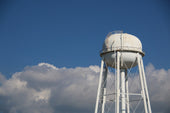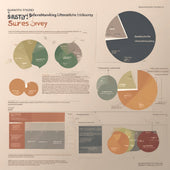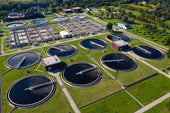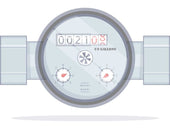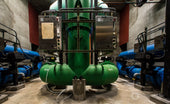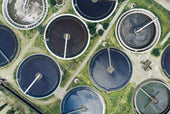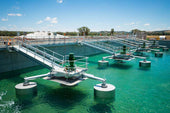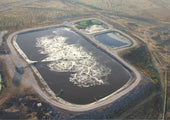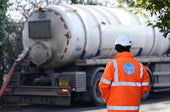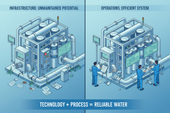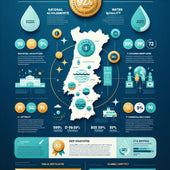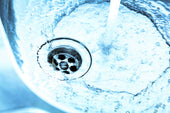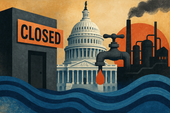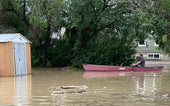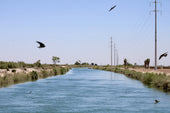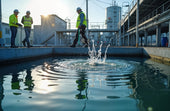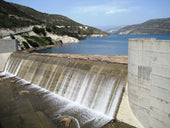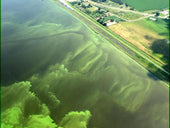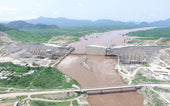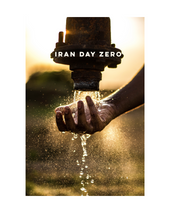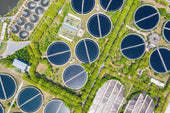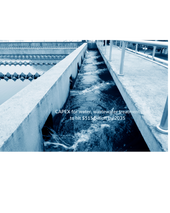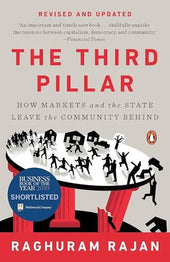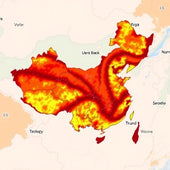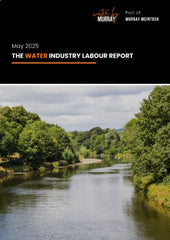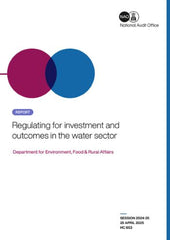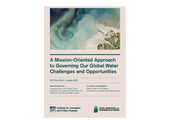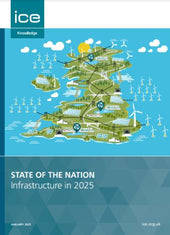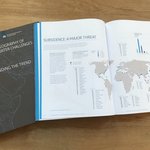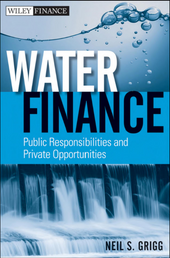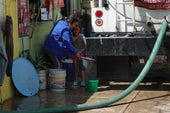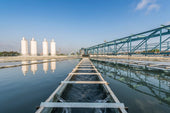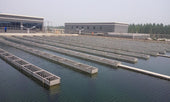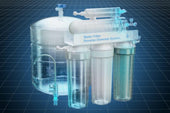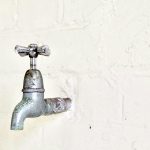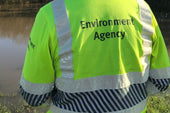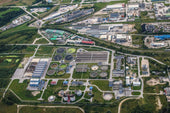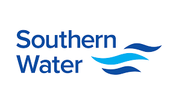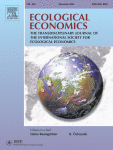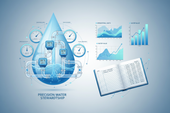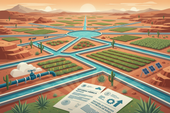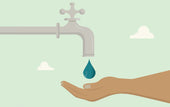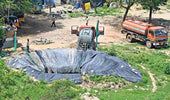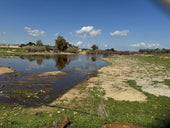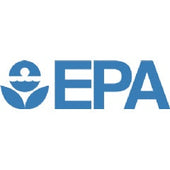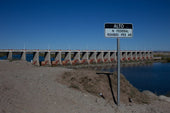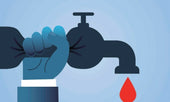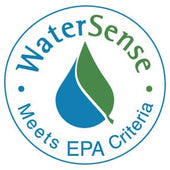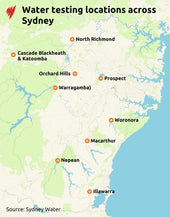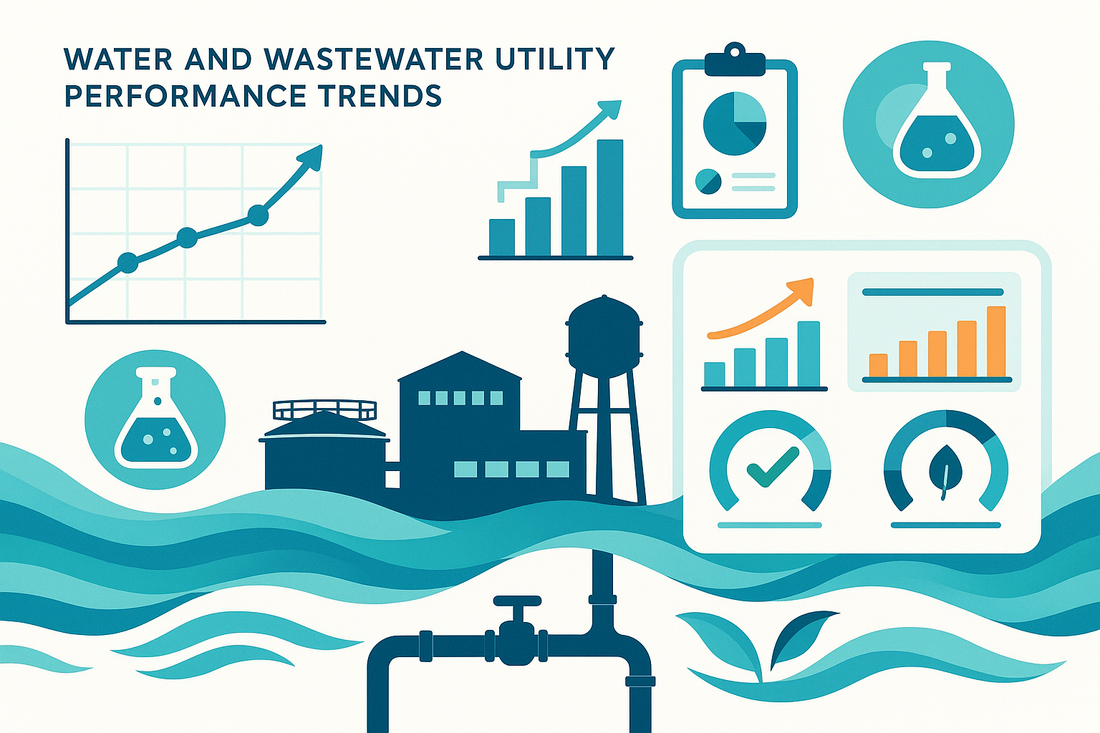
Unveiling the Trends: Water Utility Performance in Focus (AWWA Benchmarking Survey 2019-2021)
Introduction
Every thriving community relies on one fundamental promise: that clean water will flow from the tap and wastewater will safely retreat after use, sustaining both life and environment. Yet, ensuring this promise is kept—day after day, under all circumstances—is a monumental task. The inner workings of water and wastewater utilities often go unseen, but their performance is rigorously measured, tracked, and improved upon year after year.
This blog post delves deep into a comprehensive comparative analysis of Key Performance Indicators (KPIs) for water, wastewater, and combined utility operations, spanning the fiscal years 2018 through 2020. Drawing from the data and observations in the sector, we illuminate both the triumphs that should be celebrated and the emerging challenges that cannot be ignored. Our goal is to provide stakeholders, industry professionals, and curious citizens alike with an accessible and thorough account of the current landscape, the evolving pressures, and the opportunities for strategic action that will ensure resilient and exemplary utility service for years to come.
Navigating the Dynamic Utility Landscape
The utility sector is often described as stable and enduring, but the reality is far more dynamic. Over recent years, the landscape has been marked by significant changes: technological advancement, increased regulatory scrutiny, shifting demographics, and the ever-present need to do more with less. Through comprehensive KPI analysis, we can discern where utilities are excelling, where they risk falling behind, and how they might best allocate limited resources.
Data Collection: From Foundation to Foresight
One of the most encouraging developments across the study period is the maturation in data collection practices. In earlier years, reporting was broader and sometimes lacked the granularity needed for targeted decision-making. By 2020, many utilities had adopted more refined data collection and reporting processes, particularly for water and wastewater operations. This maturity has paved the way for more nuanced analysis, allowing management teams to tailor solutions specific to each system’s unique challenges. It’s a transformative shift that strengthens the industry’s ability to respond proactively rather than reactively
Customer Service: The Front Lines of Utility Reputation

Customer satisfaction is a true litmus test for the quality of utility service. Throughout the analysis period, an uptick in customer complaints—especially within combined utilities and specifically for water services in 2020—stands as a red flag. Notably, this trend coincided with a decline in first call resolution rates, indicating that not only were more customers experiencing issues, but those issues were harder to resolve promptly.
Several factors may underlie these increases: aging infrastructure, external disruptions such as global events in 2020, or shifting customer expectations. Regardless of cause, the importance of responsive, empathetic customer service cannot be overstated. As utility organizations face growing scrutiny, investment in customer relations—through both training and technology—will be instrumental in reversing negative trends and restoring trust.

Operations: Maintaining Robustness in a Changing Environment
Wastewater operations present a strong point in the sector’s performance, with compliance on treatment standards remaining high throughout the period. However, water distribution systems have shown signs of mounting stress: leak rates are on the rise, and technical service complaints are increasing. These patterns may be related, as undetected or unresolved leaks can directly drive customer service volumes higher.

The situation is further complicated by the stability of operations and maintenance (O&M) expenses for water services. While flat or predictable costs are generally seen as positive, they can obscure a potential underinvestment in proactive infrastructure maintenance. Reacting only when failures occur—rather than investing in preventative care—can ultimately cost more in both financial and reputational terms.
Financial Health: Stability with Underlying Stressors
On the financial front, there is encouraging news. Across the sector, days cash on hand remains stable, and debt service coverage ratios have improved for combined and wastewater utilities. These metrics suggest that most utilities are managing their cash flow and debt obligations responsibly, bolstering their resilience against economic shocks.

Yet, beneath this overall stability, certain trends warrant close attention. The debt ratio for combined utilities surged in 2020, likely reflecting increased capital investments or strategic financial shifts. Simultaneously, water utilities are showing a decline in return on assets and debt service coverage ratios, hinting at mounting financial pressures. Whether these pressures stem from deferred maintenance, regulatory changes, or unforeseen operational costs, they are signals that careful fiscal planning and transparent communication with stakeholders will be increasingly important.
Human Resources: A Sector in Transition
No system can outperform its people. Metrics reveal that the utility workforce is undergoing a subtle but meaningful evolution: average employee tenure is stable but trending downward, and there is a notable disparity in training hours between water and wastewater staff. Water utilities, in particular, lag behind in providing training, which could be feeding into operational difficulties noted elsewhere in the analysis.
In addition, 2020 saw a reversal in the adoption of organizational best practices for combined utilities. This could indicate shifting internal priorities or the impact of external factors—such as the global pandemic—on capacity for continuous improvement. To sustain excellence, utilities must invest in staff development, knowledge transfer, and a culture of best practices.
Billing Accuracy: The Critical Link to Customer Trust
Among operational KPIs, billing accuracy is perhaps the most visible to customers—and in 2020, accuracy deteriorated noticeably for both water and wastewater utilities. Inaccurate bills are a surefire way to erode public confidence and drive up complaint volumes. Modernizing billing systems, investing in staff training, and employing robust quality controls are essential steps to reverse this trend and demonstrate a commitment to transparency and service quality.
Safety and Well-being: Protecting the Workforce
Worker safety is a non-negotiable priority. Encouragingly, employee health and safety severity rates improved significantly for standalone water and wastewater utilities, pointing to effective safety programs and a culture of vigilance. However, combined utility operations saw a slight reversal. This underscores the importance of maintaining momentum in safety initiatives, sharing best practices across teams, and not allowing competing pressures to detract from this core responsibility.
Strategic Imperatives for Future Resilience
·  Invest in Proactive Infrastructure Maintenance: Addressing leaks, modernizing assets, and preventing failures before they occur will guard against escalating costs and public dissatisfaction.
Invest in Proactive Infrastructure Maintenance: Addressing leaks, modernizing assets, and preventing failures before they occur will guard against escalating costs and public dissatisfaction.
· Reinforce Customer Service Capacity: As expectations rise, utilities must empower customer-facing staff with the training and technology needed for timely, effective problem resolution.
· Strengthen Financial Planning: Transparent, long-range financial strategies will help mitigate the impacts of rising debt ratios and maintain stakeholder confidence.
· Develop and Retain Talent: Workforce planning, increased training, and adoption of best practices will ensure the institutional knowledge and adaptability required for the future.
· Modernize Billing and Communication Systems: Reliable, accurate billing paired with clear customer communications will bolster trust and reduce complaints.
· Double Down on Safety: Continuous investment in employee health and safety, especially during times of organizational change, will ensure the well-being of the sector’s most valuable asset: its people.
Conclusion: Meeting the Challenges with Vision and Commitment
The water and wastewater utility sector stands at a crossroads. Its dedication to maintaining essential services and financial health has been proven, even in the face of unprecedented challenges. Yet, the sector is not immune to mounting pressures—particularly in customer service, infrastructure integrity, and workforce development.
By embracing strategic interventions, utilities can turn challenges into opportunities for growth and improved service delivery. Whether through smarter asset management, enhanced staff training, innovative technology adoption, or transparent communication, the actions taken today will shape the sector’s performance—and the public’s trust—for decades to come.
As we reflect on the lessons embedded in three years of KPI analysis, one thing is clear: resilience is not a static achievement, but a continuous journey. With commitment, investment, and vision, utilities can ensure that clean water and safe wastewater management remain steadfast promises for every community they serve.
Bibliography
The information and analysis presented in the report are derived from the following source materials:
-
American Water Works Association. (2019). AWWA Utility Benchmarking: Performance Management for Water and Wastewater. Denver, CO: American Water Works Association.
-
American Water Works Association. (2020). AWWA Utility Benchmarking: Performance Management for Water and Wastewater. Denver, CO: American Water Works Association.
-
American Water Works Association. (2021). AWWA Utility Benchmarking: Performance Management for Water and Wastewater. Denver, CO: American Water Works Association.


